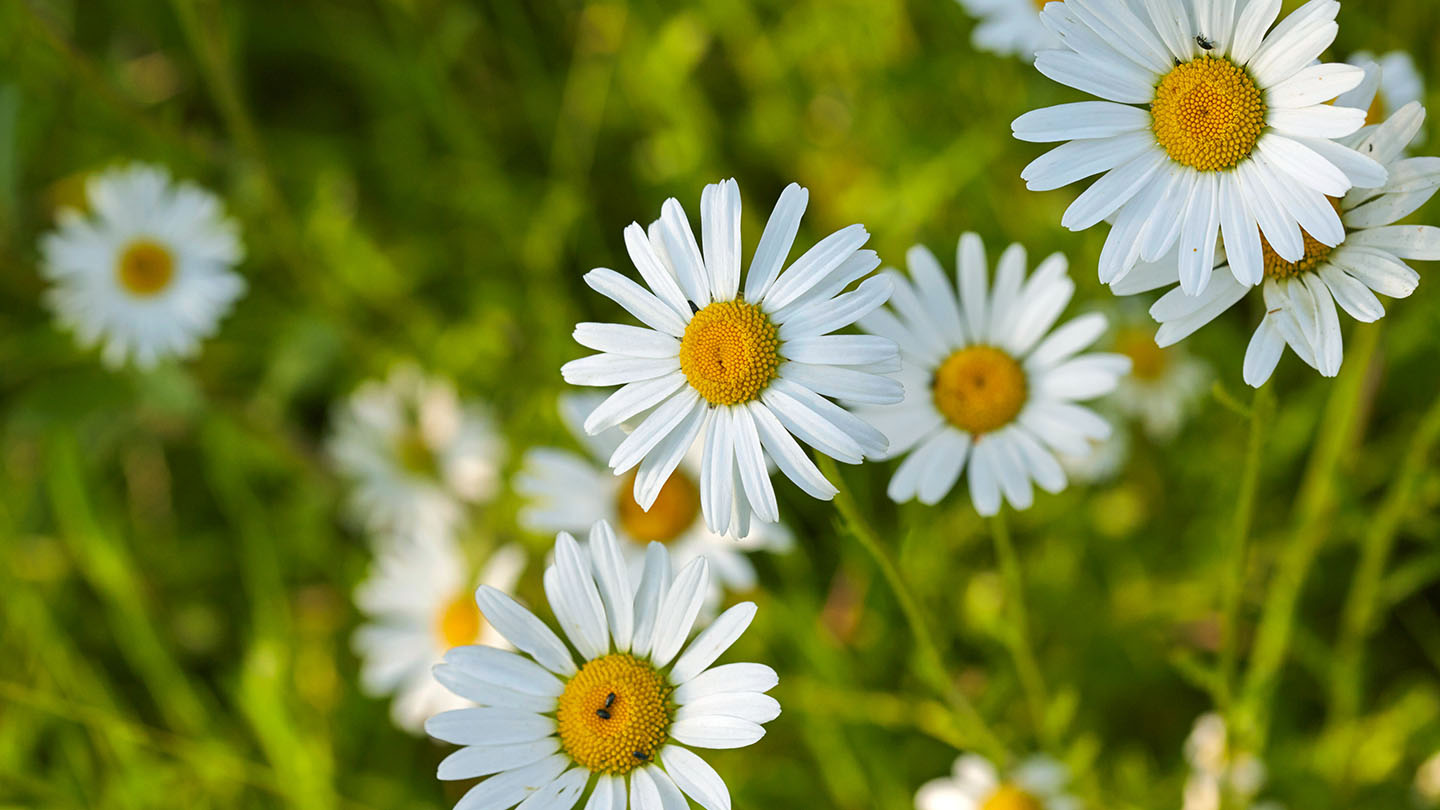
Oxeye daisy, scientifically known as Leucanthemum vulgare, is a charming and versatile flowering plant that often goes unnoticed despite its numerous benefits and fascinating characteristics. Commonly found in meadows, gardens, and roadside verges, this perennial plant is a member of the asteraceae family and boasts a distinct beauty.
In this article, we will uncover 12 surprising facts about the oxeye daisy that will leave you amazed and appreciating this incredible plant even more. From its historical uses to its ecological significance, you will gain a deeper understanding of why the oxeye daisy is worth getting to know better. So, let’s dive in and explore the intriguing world of the oxeye daisy!
Key Takeaways:
- Oxeye Daisy, also known as Moon Daisy, has medicinal properties and attracts pollinators, but can be invasive in some areas. It symbolizes purity and innocence and has ornamental and culinary value.
- Oxeye Daisy is not a true daisy, but a pioneer species with the ability to grow in various soil types. Its petals were used to make herbal tea, and its vibrant yellow center can be used to make natural dyes.
Oxeye Daisy is not actually a daisy.
Contrary to popular belief, Oxeye Daisy (Leucanthemum vulgare) is not a true daisy. It belongs to the Asteraceae family and is native to Europe and Asia.
It is also known as Moon Daisy.
One of the common names for Oxeye Daisy is Moon Daisy, deriving from its large, round, and white ray flowers that resemble the moon.
Oxeye Daisy has medicinal properties.
This versatile plant has been used in traditional medicine for centuries. Its flowers, leaves, and roots have been used to treat various ailments including respiratory issues, digestive disorders, and even skin conditions.
It is a favorite among pollinators.
Oxeye Daisy attracts a wide range of pollinators such as bees, butterflies, and hoverflies. Its abundant nectar and pollen make it a valuable source of food for these beneficial insects.
Oxeye Daisy is considered invasive in certain regions.
While Oxeye Daisy is cherished for its beauty, it can also be a problematic weed in some areas. It has the ability to spread rapidly and outcompete native plant species.
The plant is highly adaptable.
Oxeye Daisy has a remarkable ability to grow in various soil types, including disturbed areas and poor-quality soils. It can even tolerate drought conditions, making it a hardy and resilient plant.
Oxeye Daisy symbolizes purity and innocence.
In folklore and mythology, Oxeye Daisy has been associated with purity, innocence, and new beginnings. It is often used in flower arrangements for weddings and other special occasions.
The petals of Oxeye Daisy were used to make herbal tea.
In the past, the petals of Oxeye Daisy were dried and used to make a soothing herbal tea. This tea was believed to have relaxing and calming properties.
Oxeye Daisy has ornamental value.
Due to its bright and cheerful blooms, Oxeye Daisy is often cultivated as an ornamental plant in gardens and landscaping. It adds a touch of natural beauty and attracts attention with its striking appearance.
The leaves of Oxeye Daisy are edible.
Not only are the flowers of Oxeye Daisy edible, but the leaves can also be consumed. They have a slightly bitter taste and can be used in salads or cooked as a leafy green vegetable.
Oxeye Daisy is a pioneer species.
As a pioneer species, Oxeye Daisy is one of the first plants to colonize and establish in disturbed or bare areas. Its presence helps stabilize the soil and initiate ecological succession.
Oxeye Daisy can be used to make natural dyes.
The vibrant yellow center of Oxeye Daisy flowers can be used to create natural dyes for textiles and crafts. These dyes produce beautiful shades of yellow and can be a sustainable alternative to synthetic dyes.
Conclusion
In conclusion, oxeye daisy is a fascinating plant that offers many surprising facts. From its widespread distribution to its unique adaptations, this flower has captured the attention of botanists and nature enthusiasts alike. Whether you’re a gardener looking to add some beauty to your landscape or a student curious about the natural world, exploring the world of oxeye daisies is sure to bring delight and wonder.
FAQs
Q: Where can oxeye daisies be found?
A: Oxeye daisies can be found in various parts of the world, including North America, Europe, and Asia. They have a wide distribution and can thrive in different climates.
Q: Are oxeye daisies invasive?
A: Yes, oxeye daisies are considered invasive in many regions. They have the capability to spread quickly and outcompete native plant species, leading to a decrease in biodiversity.
Q: Can oxeye daisies be grown in a garden?
A: Absolutely! Oxeye daisies make beautiful additions to garden landscapes. They are easy to grow from seed and can tolerate a variety of soil conditions. However, it’s important to monitor their growth to prevent them from becoming invasive.
Q: Do oxeye daisies have any medicinal properties?
A: While oxeye daisies are not commonly used for medicinal purposes, they have been traditionally used in folk medicine to treat various ailments such as digestive issues, skin conditions, and respiratory problems.
Q: Do oxeye daisies attract pollinators?
A: Yes, oxeye daisies are known to attract a wide range of pollinators, including bees, butterflies, and hoverflies. Their bright yellow and white flowers serve as a food source for these beneficial insects.
Q: Are oxeye daisies drought-tolerant?
A: Oxeye daisies have the ability to tolerate drought conditions to some extent. However, they generally thrive in moist soils. Proper watering and maintenance are important to ensure their optimal growth and health.
Oxeye Daisy's fascinating qualities make it a standout in gardens and natural landscapes. Dive deeper into the world of nature/animals/10-fun-facts-about-pollinators/">pollinators and their vital role in ecosystems. Explore the impact of invasive species on native flora and fauna. Uncover more captivating nature facts that showcase the incredible diversity and adaptability of our planet's living organisms.
Was this page helpful?
Our commitment to delivering trustworthy and engaging content is at the heart of what we do. Each fact on our site is contributed by real users like you, bringing a wealth of diverse insights and information. To ensure the highest standards of accuracy and reliability, our dedicated editors meticulously review each submission. This process guarantees that the facts we share are not only fascinating but also credible. Trust in our commitment to quality and authenticity as you explore and learn with us.


